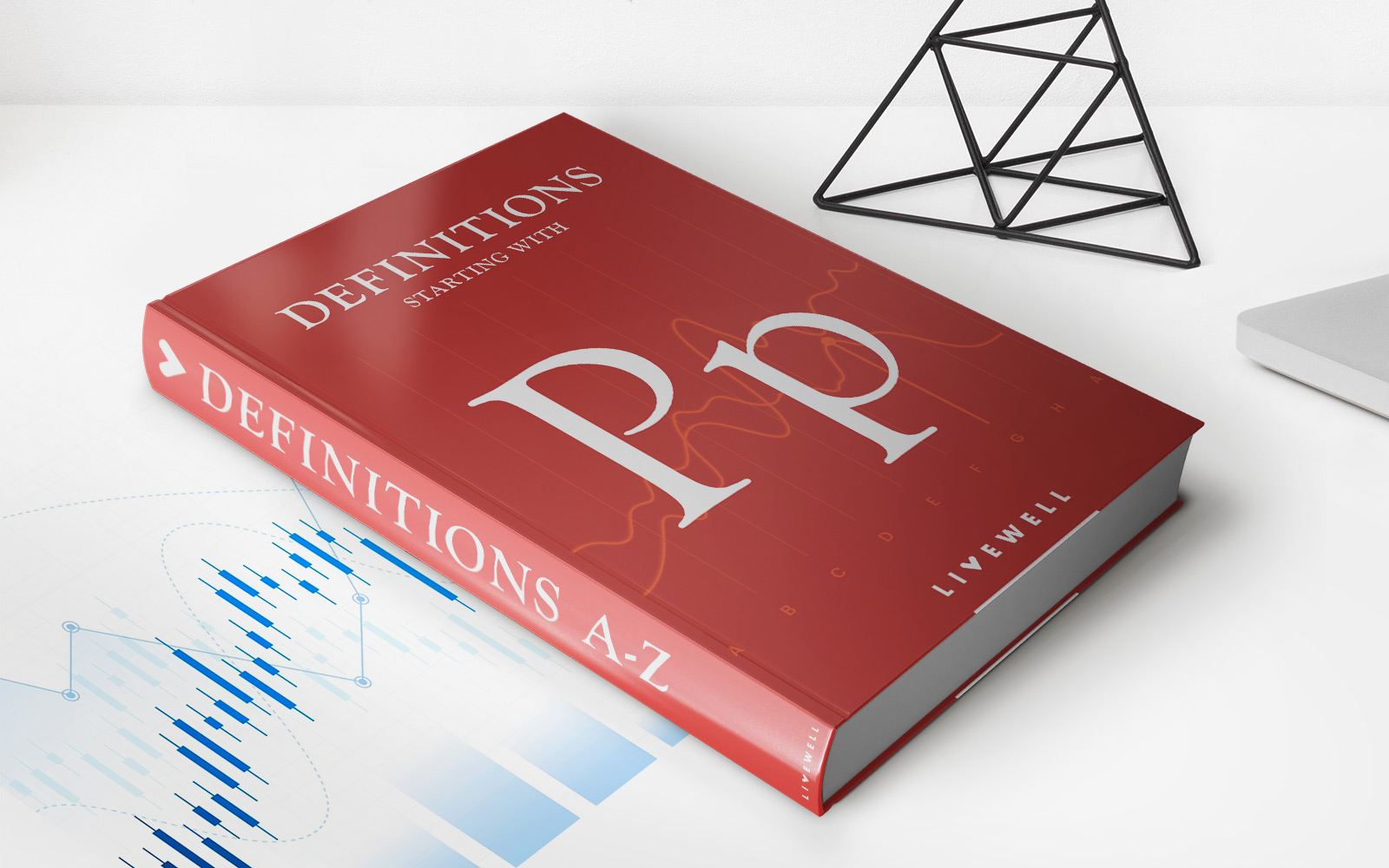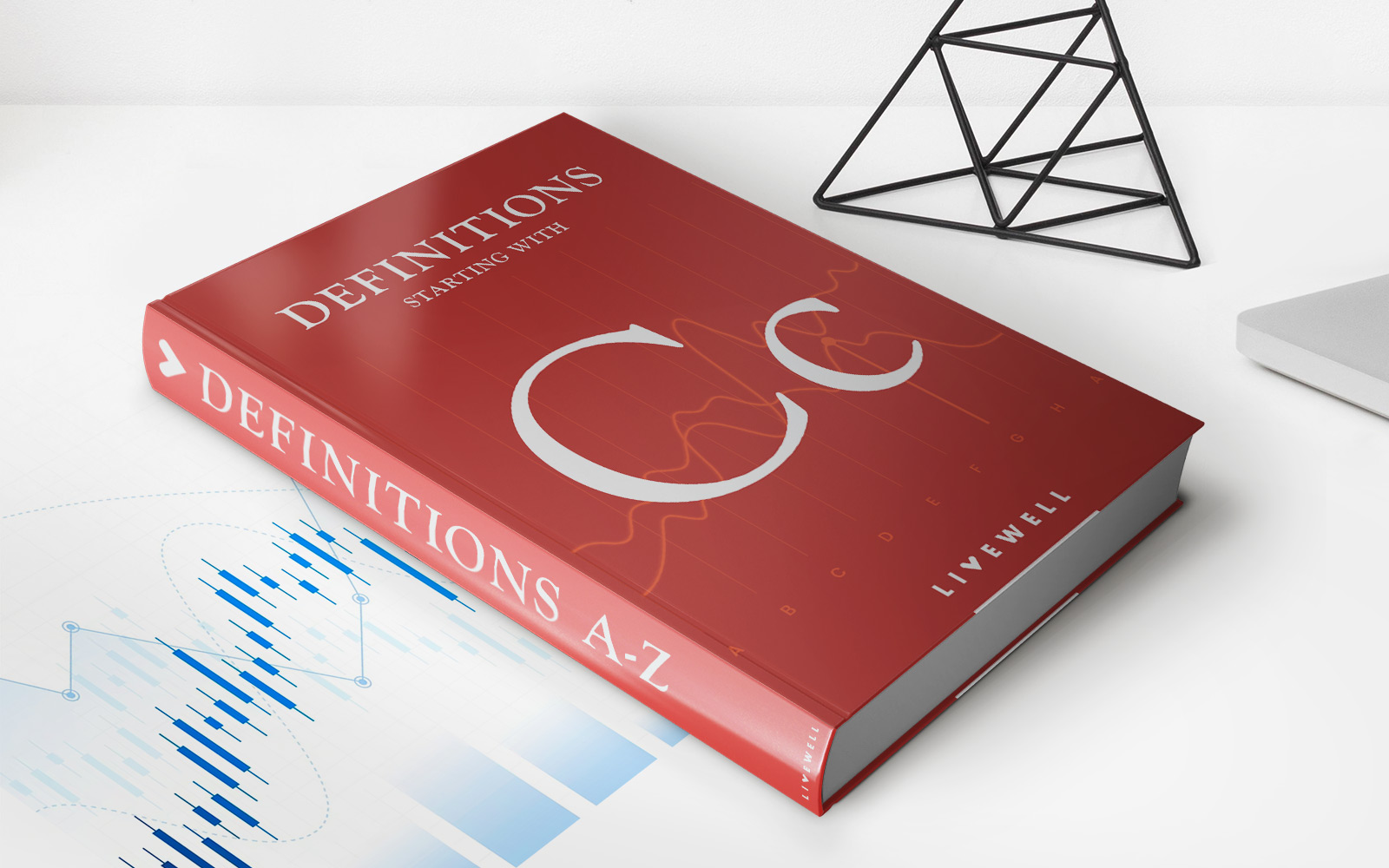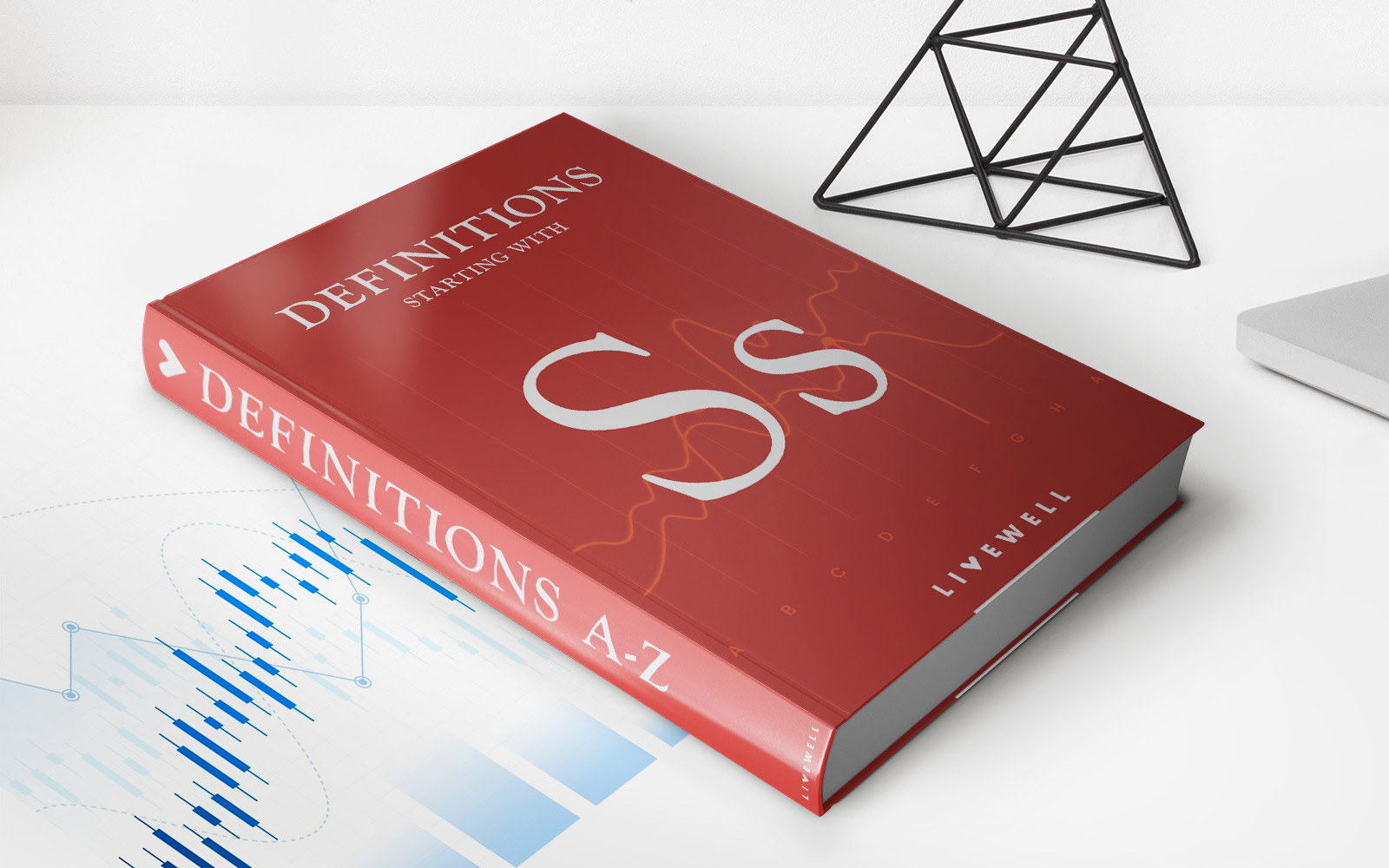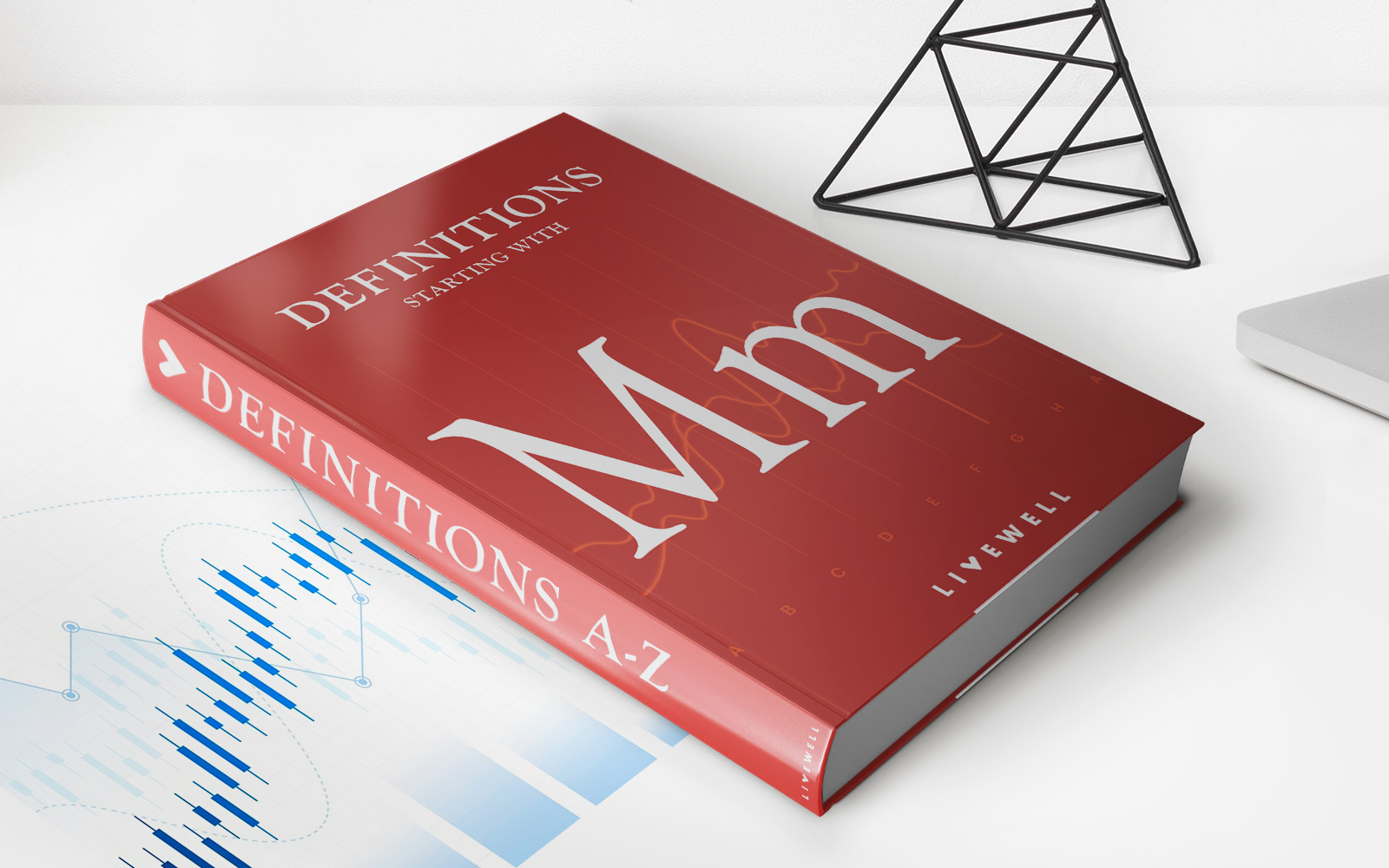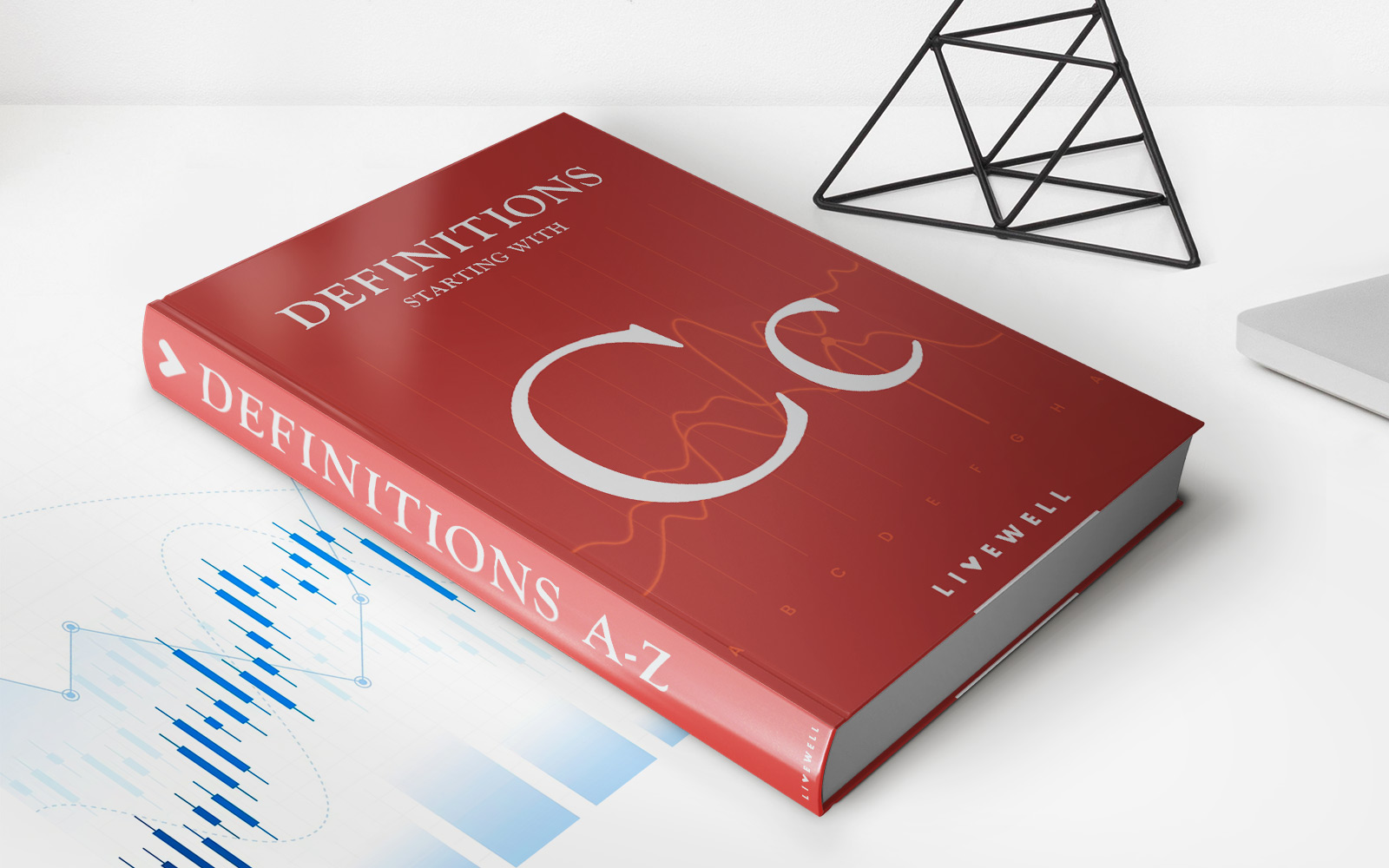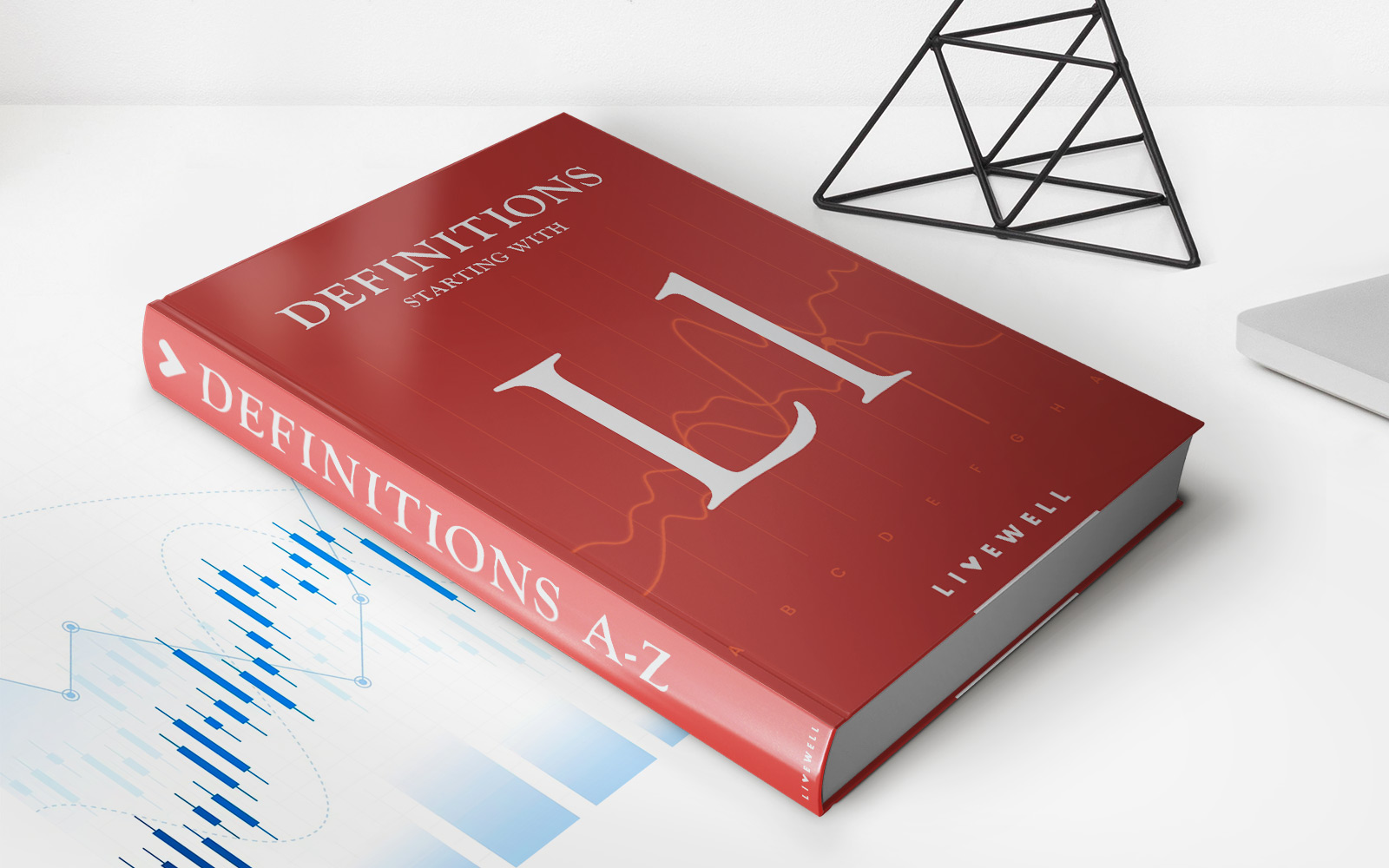Home>Finance>What Is A Credit Agreement? Definition, How It Works, Example


Finance
What Is A Credit Agreement? Definition, How It Works, Example
Published: November 4, 2023
Learn about credit agreements in finance, including their definition, how they work, and an example. Gain a comprehensive understanding of this important financial concept.
(Many of the links in this article redirect to a specific reviewed product. Your purchase of these products through affiliate links helps to generate commission for LiveWell, at no extra cost. Learn more)
What Is a Credit Agreement? Definition, How It Works, Example
Finance is a crucial aspect of our lives, and understanding how various financial instruments work is essential for anyone looking to make sound financial decisions. One such instrument that plays a significant role in borrowing money is a credit agreement. In this blog post, we will dive deep into the definition of a credit agreement, how it works, and provide a practical example to help you grasp its concept and implications.
Key Takeaways:
- A credit agreement is a legally binding contract between a lender and a borrower that outlines the terms and conditions of a loan.
- Understanding the components of a credit agreement, such as interest rates, repayment terms, and penalties, is vital before signing any loan contract.
What Is a Credit Agreement?
A credit agreement, also known as a loan agreement or credit contract, is a legally binding contract between a lender, such as a bank or financial institution, and a borrower. This agreement outlines the terms and conditions under which the lender is willing to extend credit to the borrower. It serves as a crucial document that formalizes the relationship between the lending institution and the borrower, ensuring both parties are aligned on their rights and responsibilities.
In a credit agreement, the lender and borrower agree upon various aspects, including the loan amount, interest rate, repayment terms, and any associated fees or penalties. These terms are typically negotiated between the parties involved, taking into account the borrower’s creditworthiness, current market conditions, and the lender’s risk appetite.
How Does a Credit Agreement Work?
A credit agreement works by establishing clear guidelines and obligations for both the lender and the borrower. Let’s break down the key components:
- Loan Amount: The credit agreement specifies the total amount of money the lender is willing to lend to the borrower. This can be a fixed amount or a credit line that the borrower can draw from as needed.
- Interest Rate: The agreement outlines the interest rate the borrower will pay on the loan. This rate can be fixed or variable, depending on the terms agreed upon.
- Repayment Terms: The credit agreement defines how and when the borrower is expected to repay the loan. This includes details such as the frequency of payments (monthly, quarterly, etc.), the duration of the loan, and the payment amounts.
- Additional Fees and Penalties: The agreement may also cover any additional fees, such as origination fees or late payment penalties, that the borrower may incur if they fail to meet the specified terms.
Once the credit agreement is signed by both parties, it becomes a legally binding contract. Both the lender and the borrower are obligated to fulfill their respective responsibilities as outlined in the agreement. It is crucial for borrowers to read and understand all terms and conditions before signing a credit agreement, ensuring they are comfortable with the terms and capable of meeting their obligations.
Example of a Credit Agreement
Let’s consider a practical example to illustrate how a credit agreement works. Suppose John is seeking to start his own business and requires a $50,000 loan to finance his venture. He approaches a local bank and is presented with a credit agreement. The agreement states that the bank is willing to provide a loan of $50,000 with an interest rate of 5% per annum. The repayment terms are set at monthly installments over a period of five years. Additionally, there is a penalty of 2% per month for any late payments.
John carefully reviews the credit agreement, ensuring he understands all the terms and conditions. He assesses his financial capabilities and determines that he can comfortably meet the monthly repayment requirements. Satisfied with the terms, he signs the agreement, accepting the loan offer.
Over the next five years, John diligently makes his monthly payments, including the interest, as specified in the credit agreement. By the end of the term, he successfully repays the loan in full, enabling his business to thrive.
This example demonstrates how a credit agreement sets the necessary guidelines and obligations for both the lender and the borrower, providing a structured and transparent borrowing process.
In Conclusion
A credit agreement is an important financial document that establishes the terms and conditions of a loan between a lender and a borrower. By understanding the components of a credit agreement, borrowers can make informed decisions, ensuring they can meet their financial obligations without facing unnecessary penalties or difficulties. Remember, before signing any credit agreement, take the time to read and comprehend all terms to make your borrowing experience a smooth and successful one.




